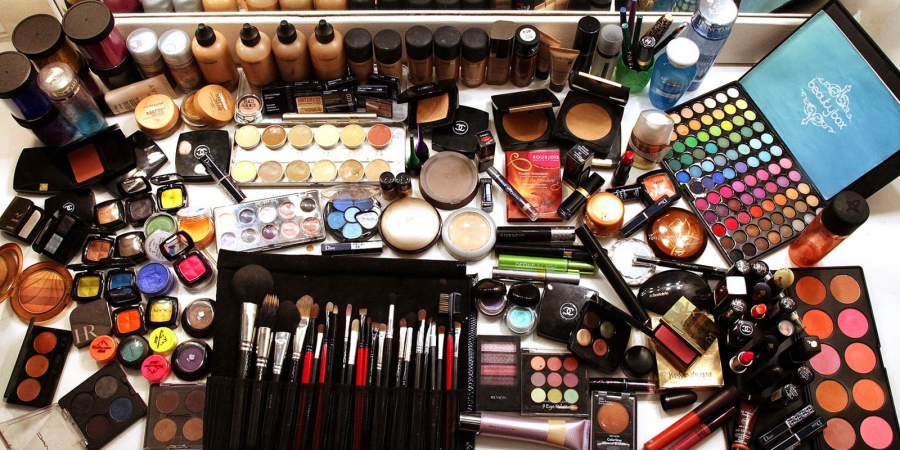

Cosmetics have been around for at least 7,000 years and are used in nearly every society on the planet. It is thought that the first ritual in human culture was cosmetic body painting. The use of red mineral pigments, such as red ochre, in crayons linked to the development of Homo sapiens in Africa serves as proof for this. The Old Testament has references to cosmetics. Jezebel painted her eyelids in 2 Kings 9:30, which takes place around 840 BC. The book of Esther also includes descriptions of numerous beauty procedures.
Cosmetics were also used in ancient Rome, although much of Roman literature suggests that it was frowned upon. It is known that some women in ancient Rome invented make up including lead-based formulas, to whiten the skin, and kohl to line the eyes.
19th Century: Improvements in product safety, a change in the way people saw color cosmetics, and an increase in "visual self-awareness" all contributed to the growth of the Western cosmetics business in the late 1800s.Before the 1800s, people's ability to consistently perceive their look was hindered by advances in lighting technology and the availability of reflective gadgets. As a result, fewer people needed the cosmetics business, and people started making and using their own products at home. A number of technological innovations in the second half of the 20th century, such as the invention of mirrors, commercial photography, marketing, and electricity for use in homes and public spaces, raised people's awareness of their looks and sparked a market for image-enhancing cosmetics.
Customers were discouraged from using homemade face powders, rouges, lipsticks, and similar goods after it was discovered that their constituents were harmful. The public's awareness of cosmetics was aided by the discovery of safe cosmetic ingredients—Henry Tetlow, for example, used zinc oxide as a face powder in 1866—and by the widespread distribution of cosmetics by well-known brands like Rimmel, Guerlain, and Hudnut. Skincare items have become in-demand in the cosmetics business, along with "face painting" products like powders. There was a strong demand for the product due to the widespread advertising of cold cream brands like Pond's in newspapers, magazines, and billboards. The cosmetic marketing and advertising strategies were quickly imitated by other European nations, contributing to the items' rising popularity throughout the continent.
20th Century: Early in the 20th century, makeup was not very common. Women actually didn't use makeup very often. At this period, the majority of people who used makeup were still prostitutes, those in cabarets, and people who worked in black and white films. In an effort to seem whiter, face enameling—applying real paint to the face—became popular among the wealthy during this period . Because arsenic was frequently the primary component, this method was risky. Because it indicated that one could afford to stay indoors all day and was not laboring outside in the sun, having pale skin was considered a sign of affluence. Cosmetics were so unpopular that department stores did not carry them; instead, theatrical costume stores were the only places to get them. In many cases, a woman's "makeup routine" was limited to using papier poudre , an oil-blotting sheet dusted with powder, to brighten her cheeks in the summer and whiten her nose in the winter. Rouge was only seen on "women of the night" since it was deemed provocative. Some women stained their lips with poppy and geranium petals, and they darkened their eyelashes with burned matchsticks. Because it was used as soap, a base for hair tonic, and for chapped lips, Vaseline saw a sharp increase in demand. When toilet waters were first introduced in the early 1900s, women could only wear exquisite cologne or lavender water.A Philadelphia-based inventor who went by the name "Mum" filed a patent for cosmetic deodorant in 1888. In 1952, roll-on deodorant was introduced, then in 1965, aerosol deodorant.
